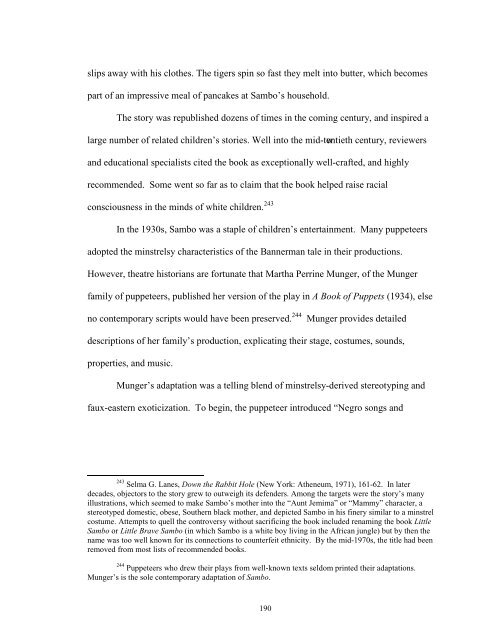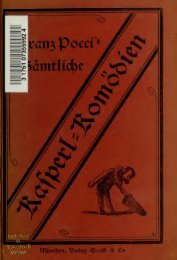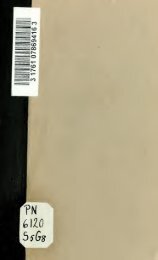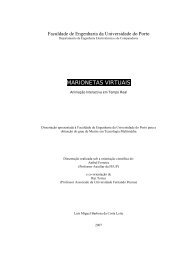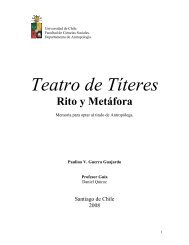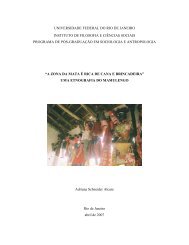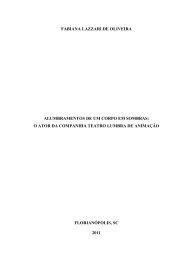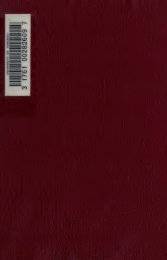ABSTRACT Title of Dissertation: THE PHENOMENOLOGY OF ...
ABSTRACT Title of Dissertation: THE PHENOMENOLOGY OF ...
ABSTRACT Title of Dissertation: THE PHENOMENOLOGY OF ...
You also want an ePaper? Increase the reach of your titles
YUMPU automatically turns print PDFs into web optimized ePapers that Google loves.
slips away with his clothes. The tigers spin so fast they melt into butter, which becomes<br />
part <strong>of</strong> an impressive meal <strong>of</strong> pancakes at Sambo’s household.<br />
The story was republished dozens <strong>of</strong> times in the coming century, and inspired a<br />
large number <strong>of</strong> related children’s stories. Well into the mid-twentieth century, reviewers<br />
and educational specialists cited the book as exceptionally well-crafted, and highly<br />
recommended. Some went so far as to claim that the book helped raise racial<br />
consciousness in the minds <strong>of</strong> white children. 243<br />
In the 1930s, Sambo was a staple <strong>of</strong> children’s entertainment. Many puppeteers<br />
adopted the minstrelsy characteristics <strong>of</strong> the Bannerman tale in their productions.<br />
However, theatre historians are fortunate that Martha Perrine Munger, <strong>of</strong> the Munger<br />
family <strong>of</strong> puppeteers, published her version <strong>of</strong> the play in A Book <strong>of</strong> Puppets (1934), else<br />
no contemporary scripts would have been preserved. 244 Munger provides detailed<br />
descriptions <strong>of</strong> her family’s production, explicating their stage, costumes, sounds,<br />
properties, and music.<br />
Munger’s adaptation was a telling blend <strong>of</strong> minstrelsy-derived stereotyping and<br />
faux-eastern exoticization. To begin, the puppeteer introduced “Negro songs and<br />
243 Selma G. Lanes, Down the Rabbit Hole (New York: Atheneum, 1971), 161-62. In later<br />
decades, objectors to the story grew to outweigh its defenders. Among the targets were the story’s many<br />
illustrations, which seemed to make Sambo’s mother into the “Aunt Jemima” or “Mammy” character, a<br />
stereotyped domestic, obese, Southern black mother, and depicted Sambo in his finery similar to a minstrel<br />
costume. Attempts to quell the controversy without sacrificing the book included renaming the book Little<br />
Sambo or Little Brave Sambo (in which Sambo is a white boy living in the African jungle) but by then the<br />
name was too well known for its connections to counterfeit ethnicity. By the mid-1970s, the title had been<br />
removed from most lists <strong>of</strong> recommended books.<br />
244 Puppeteers who drew their plays from well-known texts seldom printed their adaptations.<br />
Munger’s is the sole contemporary adaptation <strong>of</strong> Sambo.<br />
190


